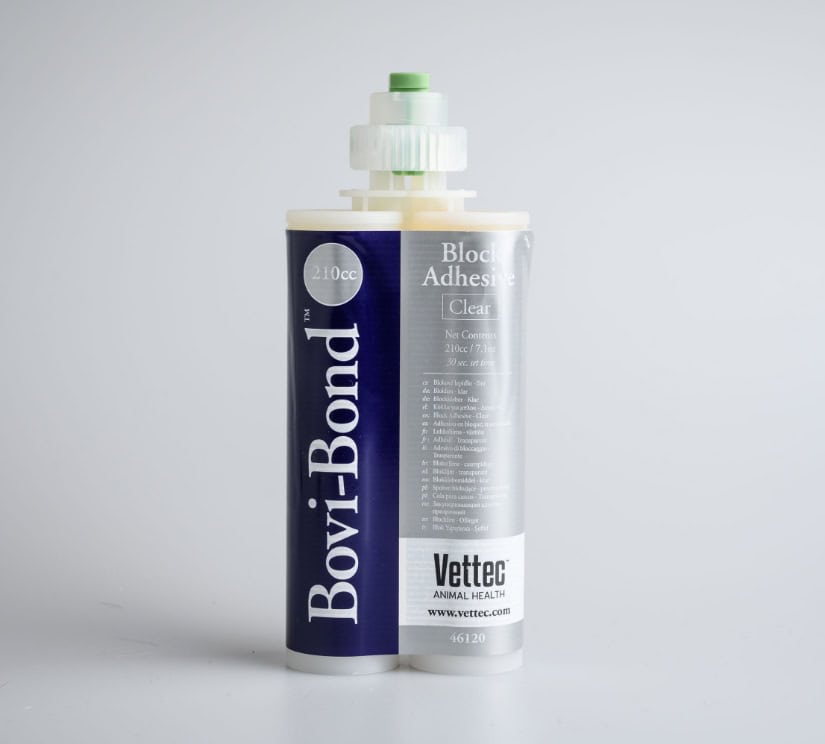Digital Dermatitis was first discovered in Italy in 1974. It is a highly infectious bacterial skin disease of the feet of cattle. The bacteria thrive on dirty feet and spread in dirty conditions. It is now the main cause of lameness in housed dairy cattle globally; and in South America, South Africa and Australia it is becoming a significant cause of lameness in pasture-based systems.
In New Zealand the disease was first identified in five herds in 2011. In the following two years a further 40 infected herds were discovered around New Zealand. In 2014/15 a study was conducted in Taranaki, and Digital Dermatitis was found in more than 50% of dairy herds tested.
Why worry?
Skin digital dermatitis typically starts with a very mild infection. If the disease isn’t proactively controlled, the number of cows affected and severity of lameness increases. Overseas, the bacteria have been found in other foot lesions e.g. white line disease and sole injuries. This causes considerable pain and wounds that fail to heal. In Chile, which has similar conditions to New Zealand, more than 20% of the white-line injuries get infected and are slow
to heal or never heal as the infection goes to the bone.
Can I check my own herd?
Yes, you can do this yourself or ask your veterinarian to help. We recommend that you check your herd at least twice every year. You can easily check at milking time without lifting any feet so it doesn’t even slow down the milking time. If you see even a small suspicious lesion, ask your vet to take a sample to check if it is the disease. Record the tag of every suspicious cow so that you can follow up with treatment.
For a video on the screening technique go to www.lamecow.co.nz
Download the factsheet
To find out what Digital Dermatitis looks like, how to treat it and how to prevent it, download the Factsheet here (page 28).
